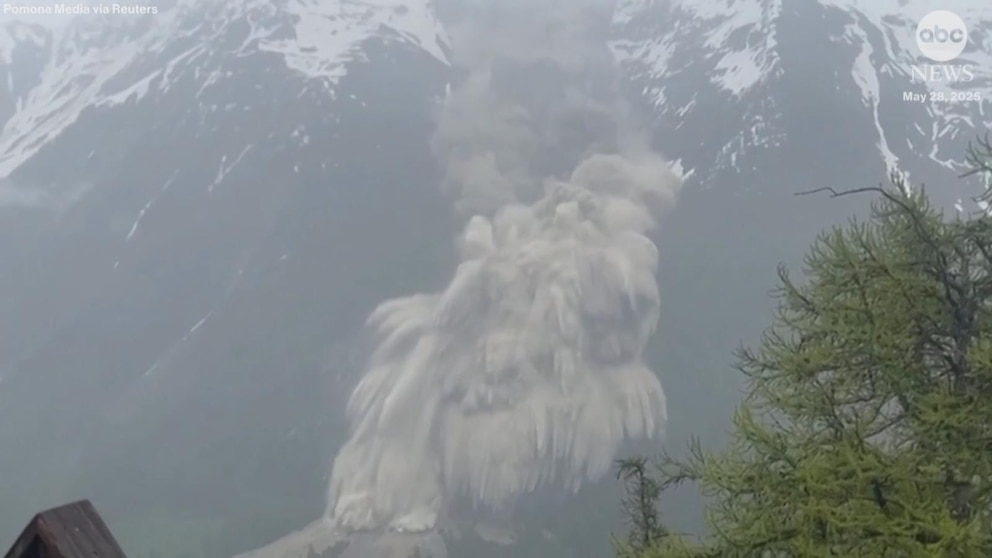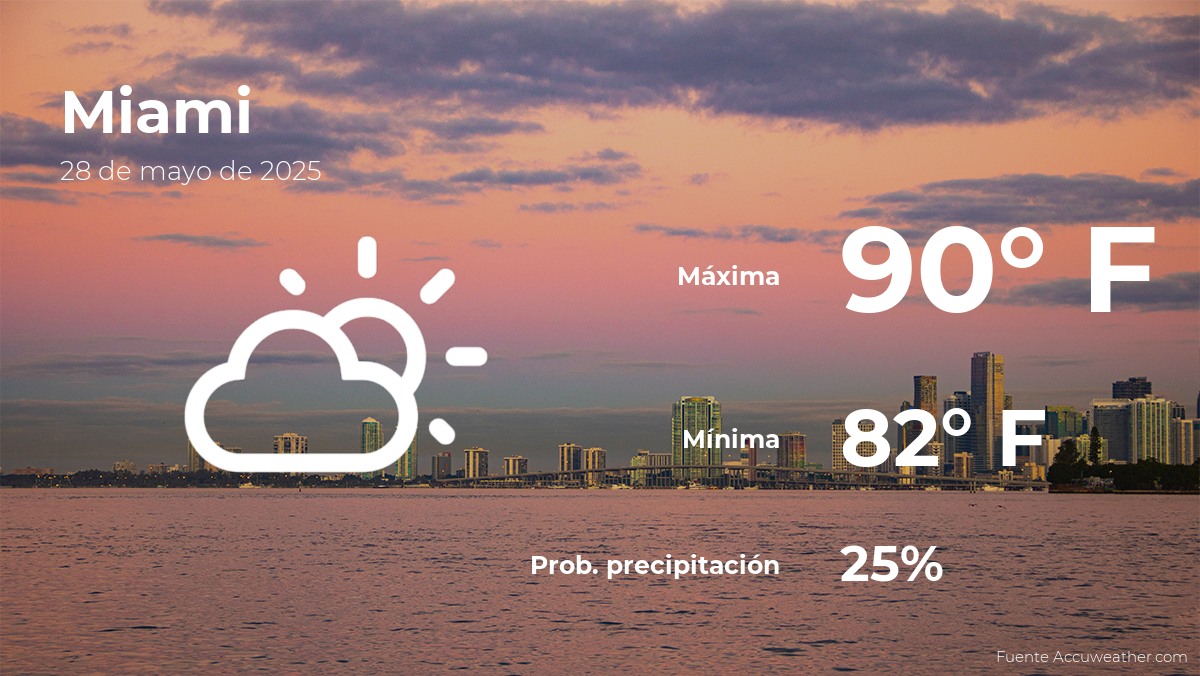Brace for Impact: A New Era of Extreme Weather
As climate change accelerates, leading meteorologists are sounding the alarm about an impending future marked by unprecedented extreme weather events. This evolving forecast raises critical questions regarding climate resilience and preparedness, compelling communities worldwide to brace for potential disruptions that could redefine their very existence.
The Unfolding Narrative of Climate Change
Over the past few decades, the frequency and intensity of extreme weather events have surged. According to the Intergovernmental Panel on Climate Change (IPCC), the Earth has already warmed by approximately 1.1 degrees Celsius since the pre-industrial era, largely due to human activities such as fossil fuel combustion and deforestation. This warming is not just a statistic; it translates into tangible impacts, including more severe hurricanes, droughts, floods, and wildfires.
Forecasters’ Predictions: What Lies Ahead?
Recent forecasts from renowned meteorologists indicate that communities should prepare for years of extreme weather, characterized by:
- Increased Storm Intensity: Studies show that warmer ocean temperatures can lead to more powerful hurricanes and typhoons.
- Severe Droughts: Regions previously unaffected by water scarcity may experience prolonged dry spells, affecting agriculture and water supply.
- Record-Breaking Temperatures: Heatwaves are expected to become more frequent, with major cities facing unprecedented heat.
- Unpredictable Weather Patterns: Erratic weather, including sudden storms and unexpected cold snaps, could become the norm.
According to Dr. Michael Mann, a prominent climate scientist, “We are entering an era where extreme weather events will become increasingly common, and we must adapt accordingly.” This statement underscores the urgency for communities to develop comprehensive strategies to mitigate these risks.
Understanding the Underlying Causes
To grasp the implications of these forecasts, it is essential to understand the underlying causes of climate change. The primary driver is the accumulation of greenhouse gases (GHGs) in the atmosphere. As industries and transportation continue to release carbon dioxide and methane, the greenhouse effect intensifies, trapping heat and leading to global warming.
Additionally, land-use changes, such as deforestation for agriculture, exacerbate the situation by reducing the Earth’s natural ability to absorb carbon. The cycle is vicious; as extreme weather events increase, they further degrade ecosystems and contribute to climate instability.
Community Resilience and Preparedness
In light of these dire predictions, the focus must shift to enhancing community resilience and preparedness. This involves:
- Infrastructure Investment: Upgrading infrastructure to withstand extreme weather, such as flood-resistant buildings and enhanced drainage systems.
- Emergency Planning: Developing comprehensive emergency response plans that include evacuation routes and resource distribution during disasters.
- Public Awareness Campaigns: Educating communities about climate risks and promoting sustainable practices.
- Collaborative Efforts: Engaging local governments, NGOs, and residents in discussions about climate adaptation and mitigation strategies.
As highlighted by Dr. Jennifer Francis, a senior scientist at the Woodwell Climate Research Center, “Communities need to build a culture of preparedness that transcends mere reaction to disasters. Proactive measures can save lives and resources in the long run.”
Innovations in Climate Adaptation
Innovative solutions are emerging to aid communities in adapting to the realities of extreme weather. These include:
- Green Infrastructure: Utilizing natural systems to manage stormwater, such as rain gardens and green roofs.
- Renewable Energy Sources: Transitioning to solar, wind, and other renewable energy sources to reduce reliance on fossil fuels.
- Climate-Resilient Crops: Developing agricultural practices and crop varieties that can withstand extreme weather conditions.
By investing in such innovations, communities can not only adapt but also mitigate the impacts of climate change, paving the way for a sustainable future.
A Call to Action
As we brace for the inevitable impacts of climate change, it is imperative that individuals, communities, and governments take decisive action. Addressing the challenges posed by extreme weather requires a collective effort, one that prioritizes sustainability and resilience.
In conclusion, while the path ahead may be fraught with challenges, it is also filled with opportunities for innovation and growth. By embracing proactive measures and fostering a culture of preparedness, we can navigate this new era of extreme weather with resilience and hope.
Take action today: Engage with your community on climate preparedness initiatives and advocate for sustainable practices in your local government.
See more Your Daily Weather


